 |
| 1950 Nash Statesman for sale on Hemmings. |
My friend, writer Douglas Kalajian, spotted this one for sale on Hemmings in Monterey, California and noticed that the seller was offering it for $16,000 or in trade for a 1950s era Indian motorcycle, built by Royal Enfield.
"You could get an item out of this," Doug said. He clearly wanted to see me try.
John Moulton, seller of the Nash, was willing to explain his ad.
"I’m not looking for a Royal Enfield as such, but a Royal Enfield rebadged as an Indian. I had a ’55 or ’56 500cc thumper when I was a kid and I’d like to find one now. I’ve attached two photos at the Monterey Kar Kapades show in ’68 of the one that I built."
 |
| John's 1956 Indian Woodsman custom. |
"Like so many of my other vehicles I have no idea where it is now. I belong to the Early Ford V8 Club and one of the members in San Luis Obispo has one he used to race, but he doesn't want to sell it," John wrote.
 |
| John's custom Indian on show in 1968. |
 |
| The Little Car Show, Aug. 17, 2016 |
"How would you tie Nash, Royal Enfield, and Indian together?" John asked.
Well, they're all products of the 1950s and, as in the case of Indians built by Royal Enfield, the Nash is under appreciated in the U.S.
Nevermind that the Indians built by Royal Enfield were far more modern than the U.S. models they replaced.
As for the Nash, grant me this: it certainly has presence even today. You could say it looks colossal and not be wrong.
Indeed, it's appearance demands attention, but its styling is not ostentatious. The lines are extremely simple, the grille appropriate, the bumpers obviously formidable but not outrageously heavy.
In fact, I think this Nash perfectly justifies its model name: Statesman. You can visualize it measuring up to a Rolls Royce at an international conference — but you'd probably chuckle at the thought.
 |
| 1950 Nash Statesman made a weighty impression. |
 |
| Nash seats fold down but was this a high-class feature? |
The 1950 Nash designers clearly meant to capture the appeal of a sleek airliner, which hid its internal structures from the wind under a smooth skin. They called the look Airflyte.
Airliners, though, never had to back up and so didn't need usable rear windows.
 |
| Streamlining looked right — on an airplane. |
Visibility matters in another way, too. Women of the 1950s (of all eras, probably), took care with their appearance. They didn't all dress in gray flannel. What was the point of arriving in a new car if no one could see her new dress?
Nash would learn that women had something to say about what car the family purchased. The taller, airier Ramblers and Metropolitans to come would provide better all-around visibility.
They'd be smaller, too, or seem so.
 |
| Rear vision was not a selling point. |
Ultimately, despite the armored pillbox look, there's still something friendly looking about the original bathtub Nash.
Maybe that's why we smile at it.






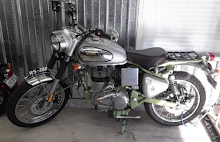


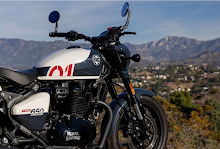
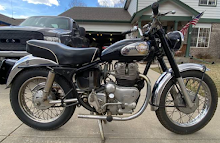





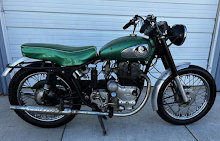

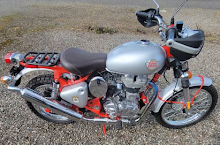






Pity the father whose daughter's date just pulled up in front of the house with that Nash and its fold-down seats.....still a nifty car nearly 70 years after the fact.
ReplyDeleteSpent a lot of time in a Nash. My Dad had two of them. First was a station wagon, about 1950 vintage, and then a 2-door Statesman like the one pictured that he used as his "work car". I remember he and my uncle put a new clutch in it once which seemed like a major undertaking to me. Sometime around 1955, he junked out the Statesman and replaced it with a 1953 Ford 2-door Customline, I think it was. He liked those straight-sixes.
ReplyDeleteThanks for the memories!